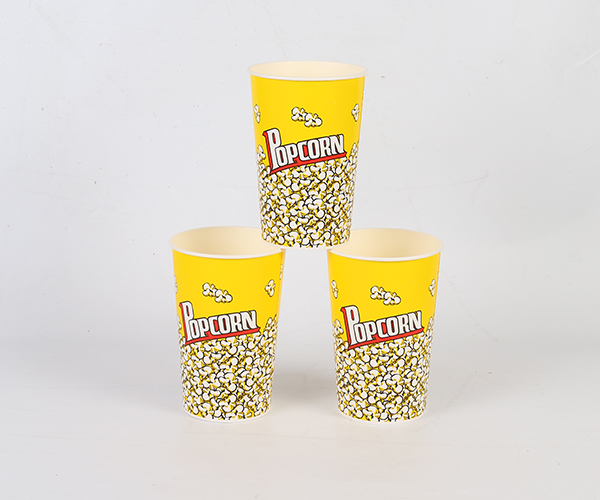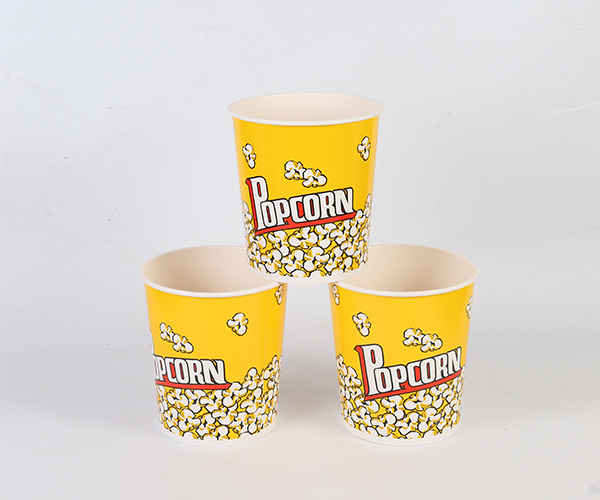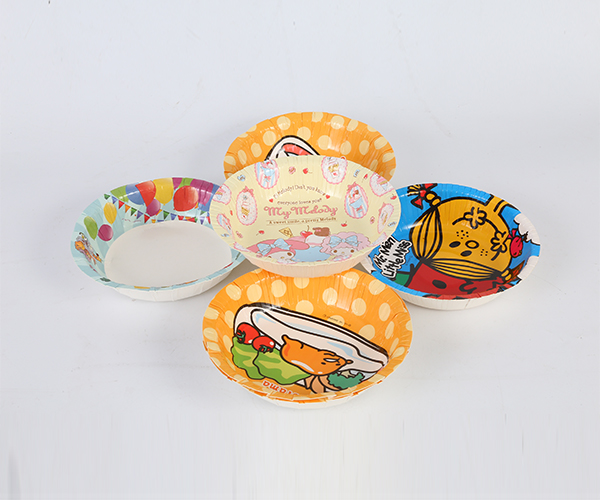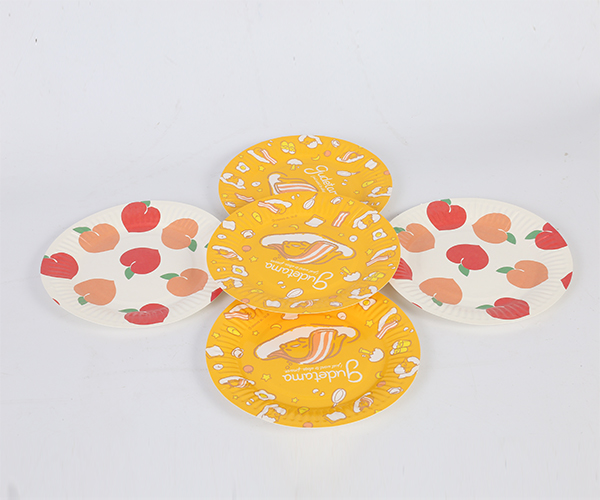Vulnerability of Paper Cups in Transportation
The Disposable Paper Cup, while lightweight and cost-effective, is relatively fragile compared to plastic or metal alternatives. During logistics and transportation, it is particularly susceptible to damage from crushing, deformation, and moisture exposure. Since the structure relies on thin layers of paperboard with a protective inner coating, it can be easily dented or bent under pressure. Improper handling, stacking, or exposure to humidity can compromise both the appearance and functional integrity of the product. Therefore, protecting paper cups during transit is a key concern for manufacturers and distributors alike.
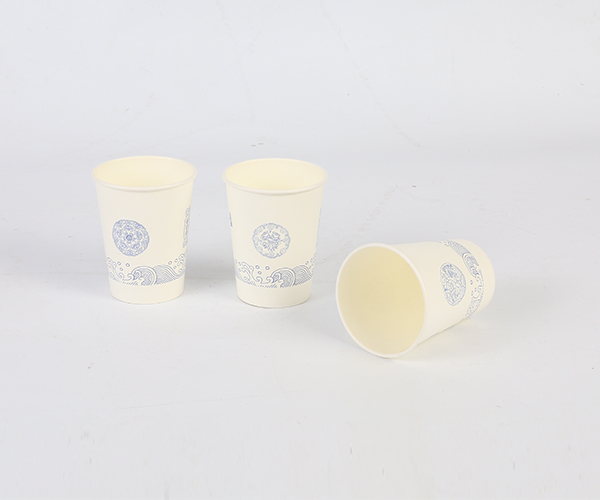
Stacking and Nesting Efficiency with Built-In Risks
One of the advantages of transporting Disposable Paper Cups is that they can be stacked or nested tightly together, improving space efficiency. Hundreds of cups can be packed into a single carton. However, this tight nesting can also create friction between cup surfaces, which may cause scratches, edge wear, or pressure marks, particularly on branded or printed cups. Additionally, when too many cups are stacked vertically, the cumulative pressure can crush the bottom rows if the packaging is not well supported. Balancing stack height and stability is essential to prevent these risks.
Environmental Factors That Affect Shipping Conditions
Paper cups are sensitive to environmental conditions such as humidity and temperature fluctuations. Moisture, in particular, is a major concern. If cartons are exposed to damp environments during shipping or storage, even a slight breach in the outer packaging can allow water vapor to reach the cups, softening the paper and affecting performance. In bad cases, this can cause mold growth or warping. To mitigate this, protective packaging must include moisture-resistant materials, and shipping containers should be sealed and stored in dry, climate-controlled conditions whenever possible.
Protective Packaging Solutions and Practices
To prevent damage during transport, manufacturers typically pack Disposable Paper Cups in multiple protective layers. The cups are nested into manageable sleeves or bundles, often wrapped in shrink film or placed in plastic bags to reduce moisture penetration and surface friction. These bundles are then placed in corrugated cardboard cartons that offer structural support and cushioning. Dividers or separators may be used to prevent movement inside the box. For larger shipments, cartons are stacked on pallets and wrapped with stretch film to enhance stability and prevent shifting during transit.
Carton Design and Load Distribution
The design of the outer carton significantly influences the safety of cups during shipping. Double-wall corrugated boxes are preferred for added strength, especially for long-distance or international shipments. These boxes are less likely to buckle under vertical loads and provide better shock absorption. Additionally, evenly distributing weight across all boxes in a pallet load reduces the risk of crushing. Labels indicating “fragile,” “keep dry,” or “this side up” also help ensure careful handling throughout the supply chain.
Impact of Transportation Mode and Handling Procedures
The mode of transport—whether by land, air, or sea—can also affect damage risk. Road transport may involve frequent vibrations or sudden stops, while sea freight may expose cartons to higher humidity. In all cases, proper loading, securing, and stacking procedures are crucial. Training logistics personnel to handle Disposable Paper Cup shipments with care and using pallets and protective wrapping correctly significantly reduces the likelihood of in-transit damage.
Conclusion: Packaging Strategy is Crucial to Reduce Damage Risk
In conclusion, although Disposable Paper Cups are inherently vulnerable to deformation and moisture during transportation, these risks can be effectively mitigated through strategic packaging and handling practices. From moisture-resistant materials and reinforced cartons to careful palletization and environmental controls, each step in the logistics chain plays a role in preserving product quality. With proper preparation and packaging, paper cups can be transported safely and efficiently across various distribution networks.


 English
English 中文简体
中文简体
